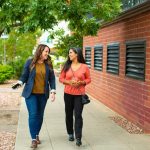Table of Contents
You wouldn’t smoke a pack of cigarettes and expect to live to 100, right? Sitting for hours isn’t much better—it sneaks up on you. One moment, you’re “resting your legs,” and the next, years of inactivity leave you stiff, drained, and wondering why your back hurts. The good news? Fixing it is easier than you think—no marathon required.
1. Why Sitting Is the Silent Killer

Most of us don’t consider sitting dangerous, but research shows prolonged sedentary behavior is linked to heart disease, diabetes, and a shorter lifespan. Even regular workouts don’t completely counteract the effects of sitting for hours each day—your body needs consistent movement to stay healthy.
Think of it like brushing your teeth and eating a bag of candy—exercise helps, but long periods of sitting can still take a toll on your health. The good news? You don’t have to quit sitting completely—just break up the pattern.
Simple habits like standing up every 30 minutes, stretching, or walking during phone calls can improve circulation, boost energy, and support long-term health.
2. The “Movement Snack” Trick (No Gym Required)
Forget about hour-long workouts if you’re strapped for time. The key to reversing the damage of sitting is movement snacks—short bursts of activity throughout the day that add up.
Try these: Do air squats while waiting for your coffee to brew, take the stairs instead of the elevator, or do 10 push-ups every time you check your phone. These little moments wake up your muscles, improve circulation, and keep stiffness at bay.
I swear by this trick. A few movement snacks sprinkled throughout my day keep me from feeling stiff and sluggish—even on days when I barely make it to the gym.
3. Walking: The Underrated Longevity Hack
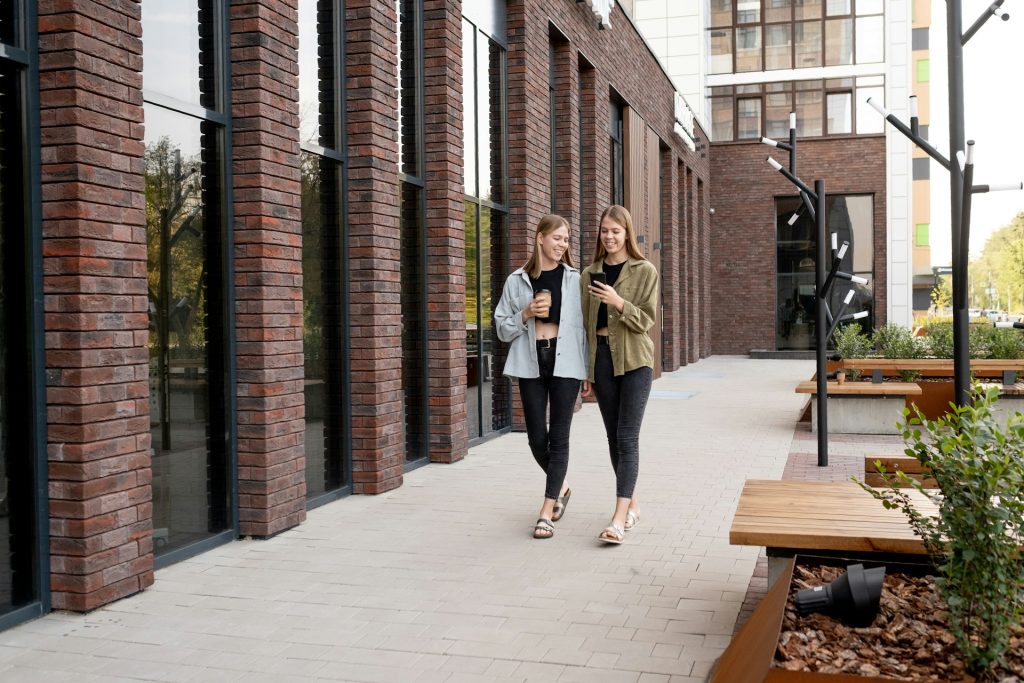
Walking isn’t flashy, but it’s one of the most powerful tools for longevity. Studies show that walking regularly lowers the risk of heart disease, improves brain function, and even extends lifespan. It’s easy, low-impact, and requires no special equipment—just a willingness to move.
If you don’t have time for a long walk, find ways to sneak movement into your day:
- Take walking meetings or pace during phone calls.
- Set a daily step goal (7,000-10,000 steps are ideal for longevity).
- Take a brisk 10-minute walk after meals to improve blood sugar control and digestion.
4. Stand More, Sit Less (Without Feeling Weird)
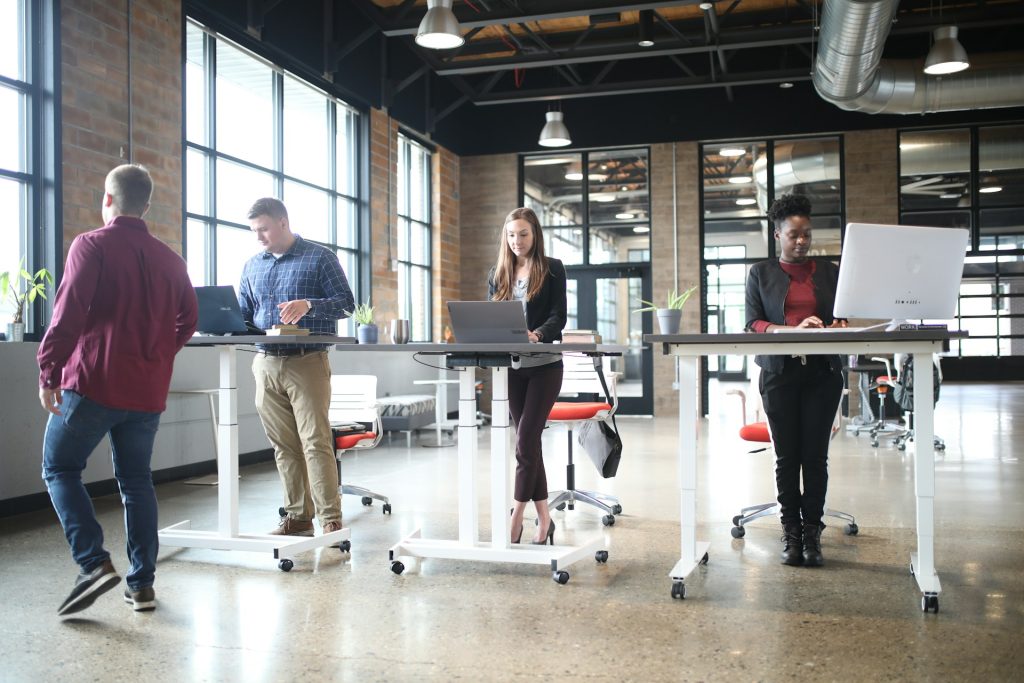
Standing desks are great, but you don’t need one to reduce your sitting time. The key is breaking up long periods of sitting with frequent standing and light movement. Research suggests that standing burns slightly more calories, improves circulation, and helps prevent stiffness—but movement is even more effective.
Try this:
- Stand while reading emails or taking phone calls.
- Take standing breaks during TV commercials.
- Do calf raises or light stretches while brushing your teeth.
These tiny changes add up fast, keeping your body engaged and energy levels steady. Aim to stand or move for at least 2-4 hours throughout the day—even small adjustments can make a big impact on your health.
5. Strength Training: The Key to Staying Active for Life
Muscle is your body’s best insurance policy against aging. Stronger muscles mean better balance, fewer injuries, and a higher metabolism, helping you stay active and independent for life. Strength training also supports bone density, joint health, and brain function, making it one of the most effective longevity tools.
I never cared much about muscle when I was younger, but now I see it as a necessity, not an option. Staying strong keeps me feeling capable, independent, and ready for anything. My friends have taken my cue, and strength training has become a shared habit.
If lifting weights isn’t your thing, bodyweight exercises like squats, push-ups, and lunges are great alternatives. The key is progression—adding resistance or increasing difficulty over time ensures continued strength gains. Even small, consistent efforts can lead to noticeable improvements in mobility, endurance, and overall well-being.
6. The 30-Second Rule: Simple But Effective
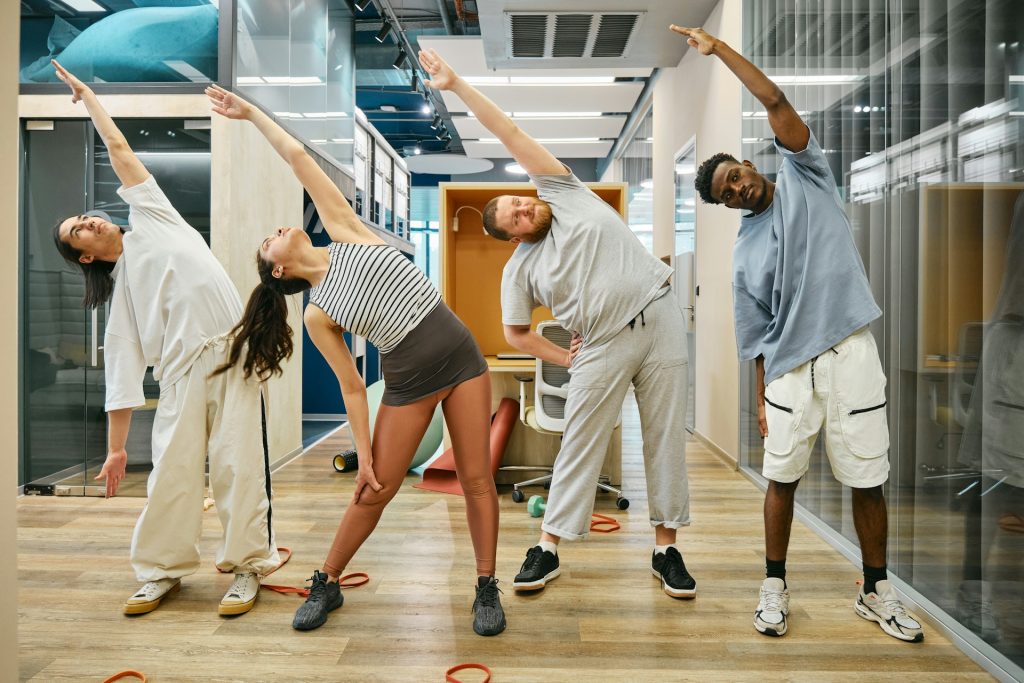
One of the easiest ways to combat sitting is what I call the 30-Second Rule—every time you catch yourself sitting too long, move for at least 30 seconds. Short bursts of activity increase circulation, reduce stiffness, and help prevent the negative effects of prolonged sitting.
This could be jumping jacks, stretching, air squats, or simply standing up and rolling your shoulders. If you’re at a desk, try seated leg lifts or wrist circles to keep blood flowing. The key is consistency—aim to break up sitting every 30-60 minutes for maximum benefits.
To make it effortless, pair it with an existing habit:
- Stand up and stretch when switching tasks.
- Do a few squats after sending an email.
- Pace around during phone calls.
It’s a small habit with a big impact—boosting energy, focus, and mobility throughout your day. Try it for a week, and you’ll notice the difference!
7. Movement Boosts Brainpower (and Focus)
If you ever feel foggy after sitting too long, it’s not your imagination. Physical movement increases blood flow to the brain, delivering oxygen and nutrients that improve mental clarity and focus.
Studies show that even brief bursts of activity stimulate dopamine and norepinephrine production, neurotransmitters that enhance attention and cognitive function. That’s why I always move before diving into deep work—whether it’s a quick stretch, a set of jumping jacks, or a short walk, it acts like a reset button for my brain.
Dynamic movement, like bouncing on your toes, doing a few air squats, or engaging in a quick yoga flow, can instantly shake off mental fatigue and sharpen focus. If you need an extra cognitive boost, Mick’s Naturals nicotine lozenges are another tool worth considering.
8. How to Start Moving More Today
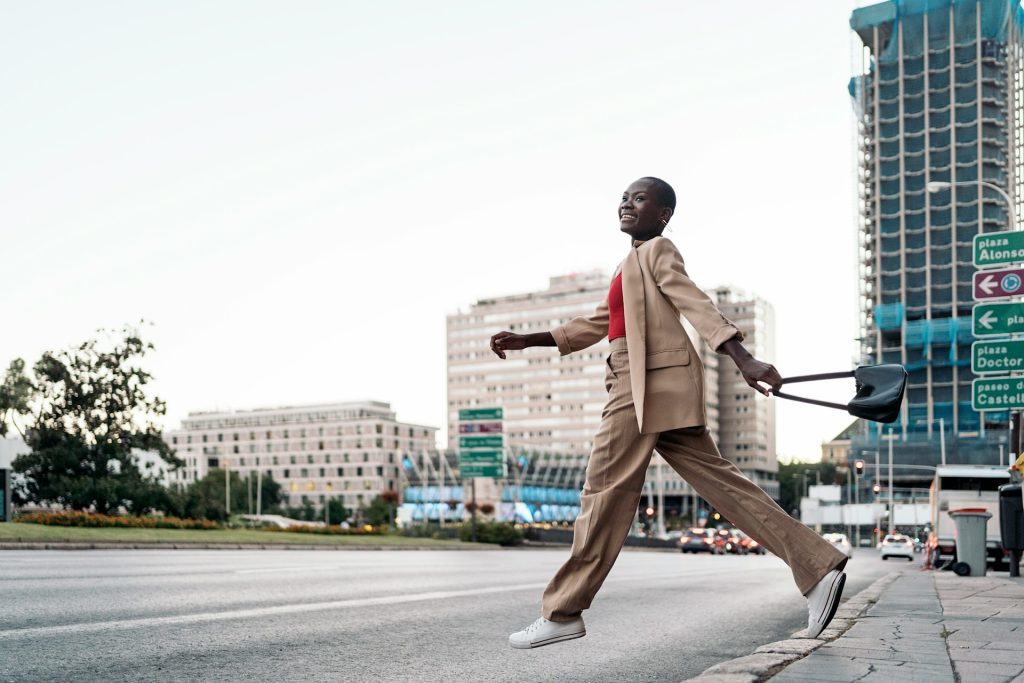
You don’t need to overhaul your life—just make small, sustainable changes that fit into your routine. Here’s a simple plan to start today:
- Set a reminder to stand every 30 minutes
- Take short walking breaks (even just around the house)
- Swap scrolling time for movement snacks (air squats, push-ups, stretching)
- Walk after meals to aid digestion and boost energy
- Try standing while working, reading, or talking on the phone
Once you build the habit, moving more feels natural—and sitting all day feels unnatural. The hardest part? Just getting started.
Your Body Was Made to Move
The secret to longevity isn’t extreme workouts—simply moving more and sitting less. Your body thrives on movement; the sooner you prioritize it, the better you’ll feel. So stand up, take a walk, and get moving. Your future self will thank you for it.

Hi! I’m Dave, a longtime biohacker focused on natural ways to improve health and performance. My work revolves around analyzing the science behind cognitive enhancers, nutrition, and longevity strategies. I’m particularly interested in natural nicotine products and their effects on focus and energy. Everything I share is based on research and real-world application, ensuring practical, reliable insights. Please note, none of the information shared here is medical advice.


